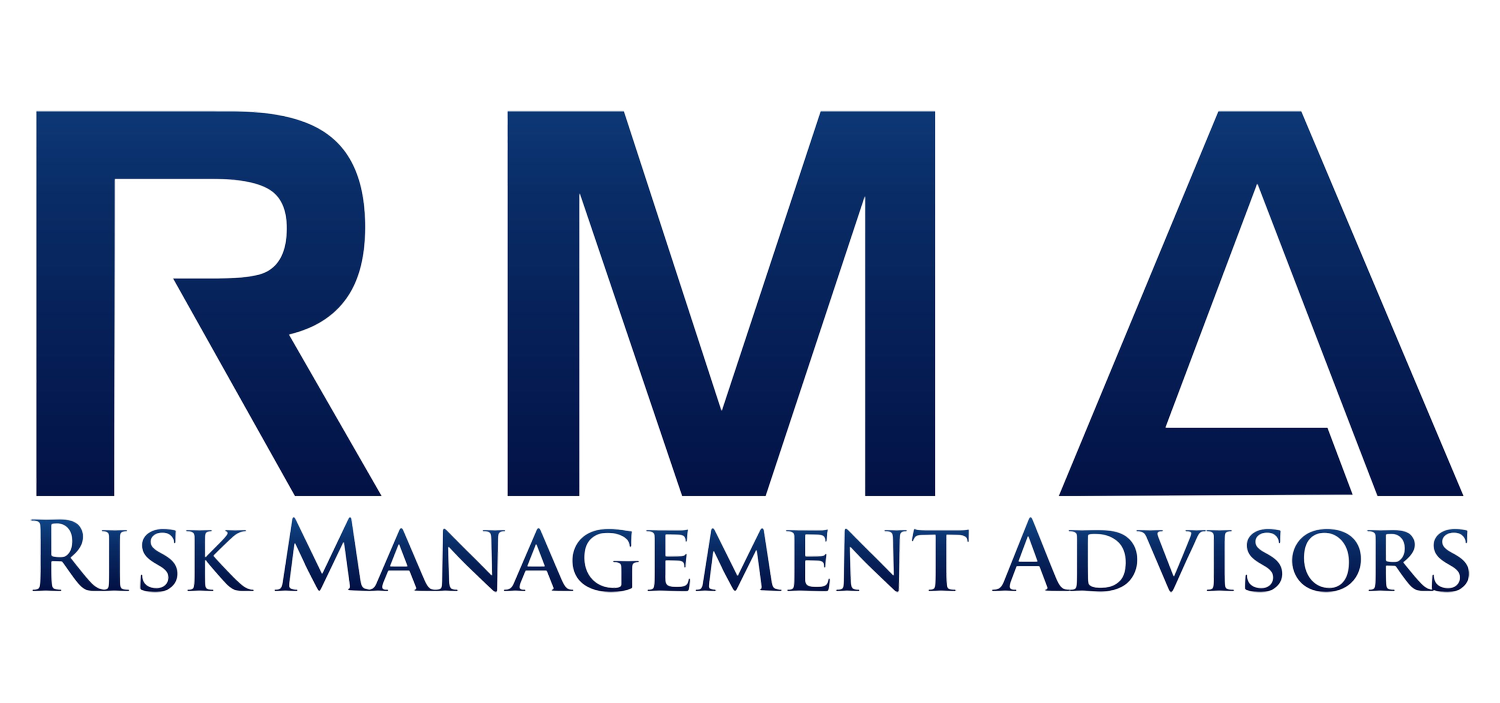Insurable Risk Analysis
Risk distributions are quantified using a loss modelling techniques known as Monte Carlo simulation. Monte Carlo Simulation is a mathematical modelling technique using a computer algorithm that relies on repeated random sampling to obtain numerical results. The model runs simulations many times over in order to obtain a quantitative distribution for the loss event.
Bow Tie Analysis
Bow Tie Analysis is a popular technique for conducting detailed assessments of risk scenarios. This process evaluates the risk scenarios by identifying the component parts that will impact the risk from the perspectives of Cause and Effect.
The left side of the Bow Tie is used to identify the threats, contributing factors or causes for a particular undesirable event, loss scenario or risk. The right side of the Bow Tie is used to identify, describe, and quantify (via three-point estimates) the variables which represent the Consequences of the undesirable event. The subject Risk Event is summarised in the middle of the diagram and hence, the layout takes the shape of a Bow Tie.
A benefit of Bow Tie Analysis is the ability to more thoroughly evaluate risk insurability and better understand which event causes and effects are insured versus those which are uninsured.
Insurance Limit Validation
The quantified risk distribution enables a direct comparison to insurance policy limits in order to stress test levels of cover against predetermined confidence levels.
The insurance limit validation process enables more robust evaluation of appropriate insurance policy limits and facilitates an informed decision on the optimal program structure and design.
Process
Workshop Detailed Scenarios with client
Obtain Bow Tie Input Data
Simulation modelling
Triggers
No confidence around limits
Board requests validation of limits
Concerns Risk exposure above the limit
Regulatory requirements
Insurance Gap Analysis
An insurance gap analysis is an effective way for a business to understand its insurance needs. Specifically, an insurance gap analysis can identify any areas where a company may be under-insured.


